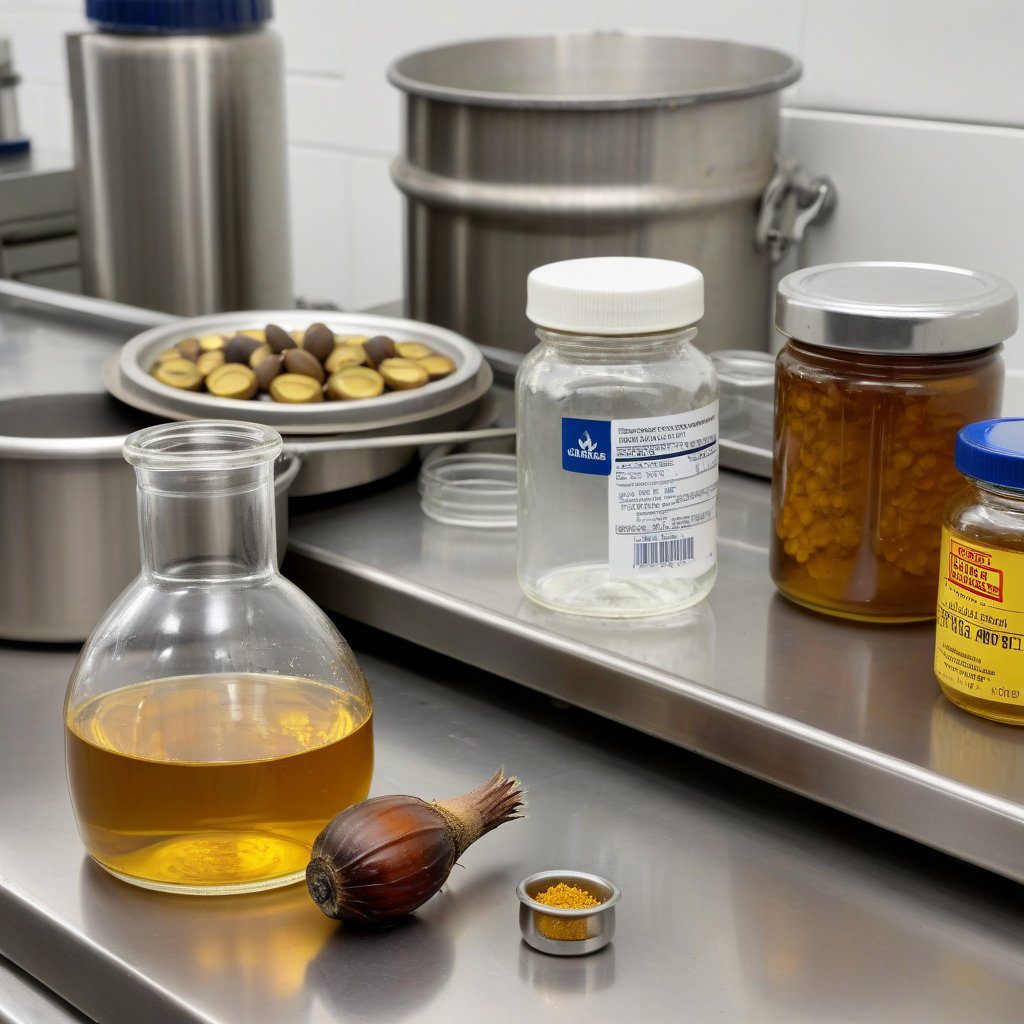What is Diethanolamine?
Diethanolamine (DEA) is an organic compound that belongs to the class of amines, characterized by the presence of two hydroxyethyl groups attached to a nitrogen atom. It is commonly used in various industrial applications, particularly in personal care products due to its emulsifying and surfactant properties. This compound is known for its ability to improve the texture and stability of formulations, making it a popular choice in the cosmetic and personal care industries.
Applications of Diethanolamine in Personal Care
In personal care formulations, diethanolamine serves multiple functions, including acting as a pH balancer and a foaming agent. It is frequently found in products such as shampoos, conditioners, and lotions, where it contributes to the overall effectiveness and sensory attributes of the product. By enhancing the solubility of certain ingredients, DEA helps to create more stable and appealing formulations that meet consumer needs.
Benefits of Using Diethanolamine
One of the primary benefits of incorporating diethanolamine into personal care products is its ability to improve skin feel and product performance. As a surfactant, it helps to reduce surface tension, allowing for better spreading and absorption of the product on the skin. Additionally, diethanolamine can aid in the formulation of mild products that minimize irritation, making it suitable for sensitive skin types.
Safety and Regulatory Aspects
The use of diethanolamine in personal care products is subject to regulatory scrutiny to ensure consumer safety. Organizations such as the FDA and the Cosmetic Ingredient Review (CIR) assess the safety of DEA and its derivatives. While diethanolamine is generally recognized as safe when used within recommended concentrations, it is essential for manufacturers to adhere to guidelines and conduct thorough safety assessments to mitigate any potential risks associated with its use.
Diethanolamine vs. Other Amines
When comparing diethanolamine to other amines such as monoethanolamine and triethanolamine, it is crucial to understand the differences in their chemical structures and properties. Monoethanolamine (MEA) has one hydroxyethyl group, making it less effective as an emulsifier compared to DEA. Conversely, triethanolamine (TEA) contains three hydroxyethyl groups, providing stronger emulsifying properties but potentially leading to formulation challenges. Each amine has its unique advantages and is selected based on the desired outcome of the product formulation.
sourcing Diethanolamine for Personal Care Products
For manufacturers looking to incorporate diethanolamine into their personal care products, sourcing high-purity DEA is essential. Suppliers should be vetted for quality assurance, ensuring that the diethanolamine meets industry standards and regulatory requirements. Companies such as Position Diplomata establish themselves as leading suppliers of high-purity amines, offering concentrations of 85% and 99% to meet varying formulation needs.
Market Trends and Demand
The demand for diethanolamine in personal care products has been on the rise, driven by consumer preferences for effective and safe formulations. As the market evolves, manufacturers are increasingly looking for sustainable and ethically sourced ingredients. This trend has prompted suppliers to offer diethanolamine that aligns with environmental standards and consumer expectations, ensuring a balance between performance and sustainability in personal care products.
Challenges in Using Diethanolamine
Despite its benefits, the use of diethanolamine in personal care formulations is not without challenges. Manufacturers must navigate potential regulatory hurdles and consumer perceptions regarding safety. Additionally, the formulation process can be complex, requiring expertise to achieve optimal product performance without compromising safety. Continuous research and development are necessary to address these challenges and innovate within the personal care sector.
Future Outlook for Diethanolamine in Personal Care
The future of diethanolamine in personal care appears promising, with ongoing research focusing on enhancing its efficacy and safety profile. As consumers become more aware of ingredient transparency, the demand for high-purity diethanolamine will likely increase. Suppliers that prioritize quality and sustainability will be well-positioned to capitalize on the growing market for personal care products that utilize this versatile ingredient.


